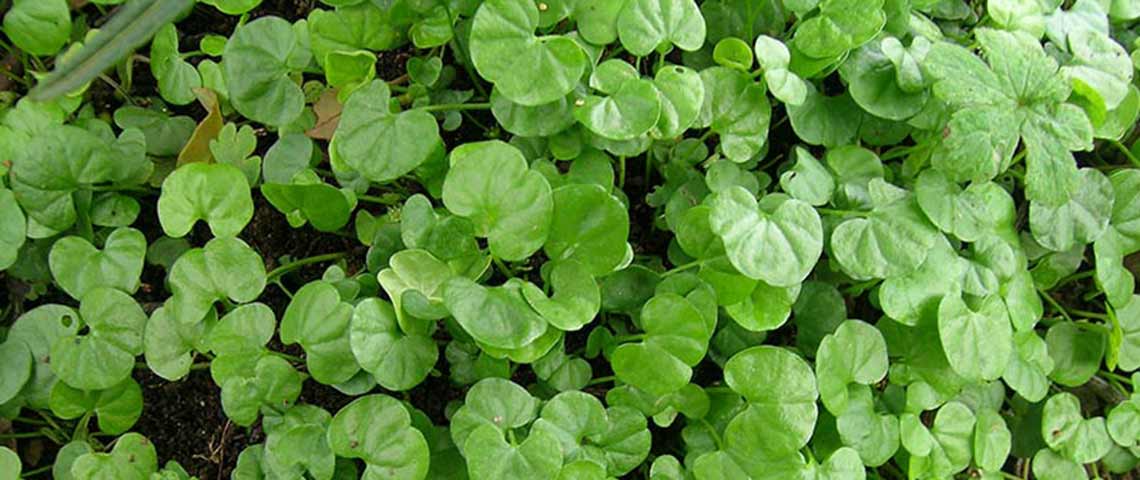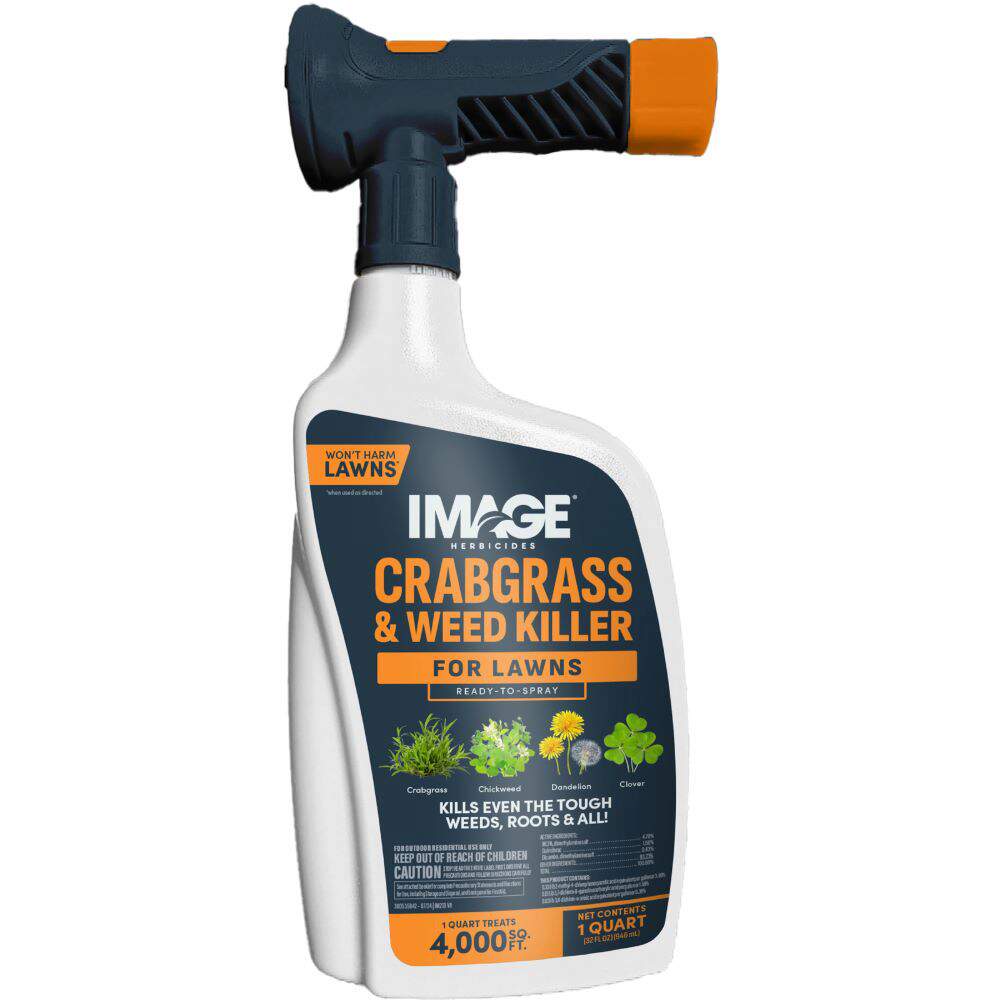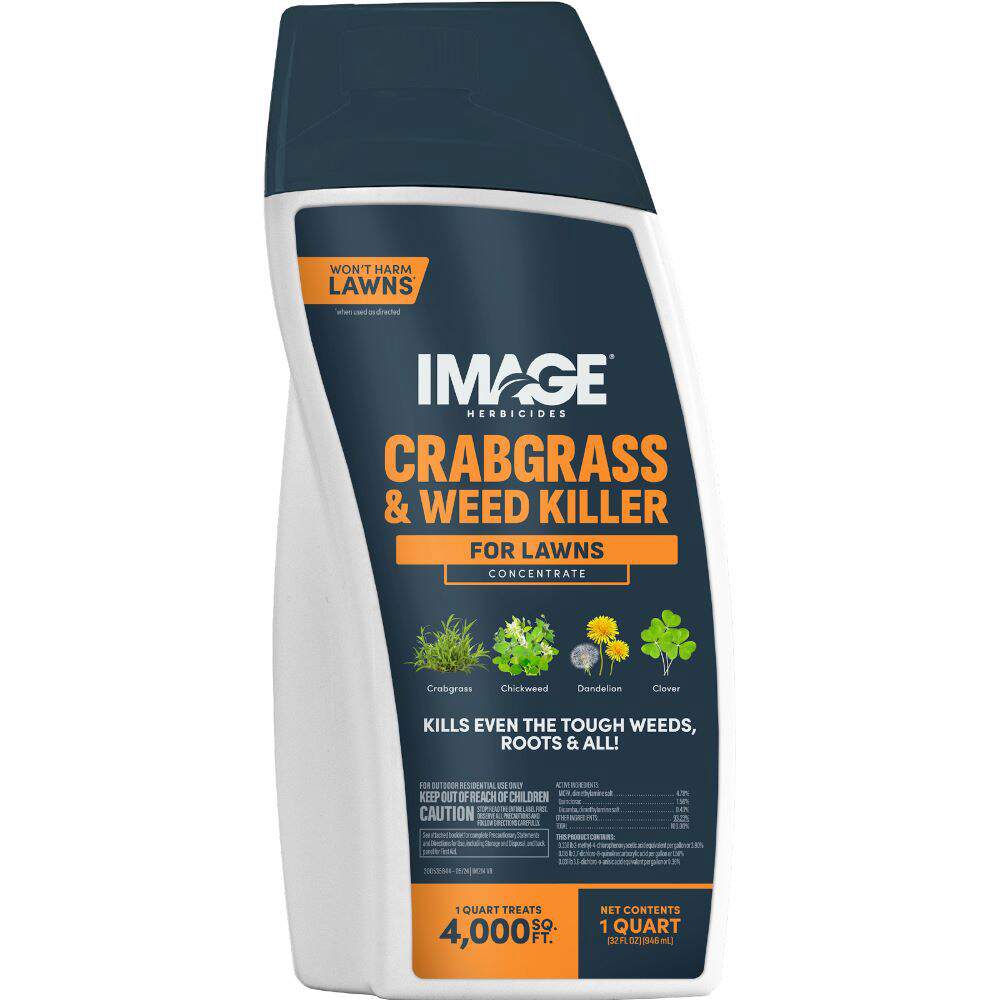HOW TO IDENTIFY DICHONDRA
Dichondra is a vigorous, low-growing, perennial weed with creeping stems. As the stems creep along the ground, they root at the leaf nodes and create new plants everywhere they reach. This weed typically stays less than 3 inches tall, but a single plant may form a dense, evergreen groundcover 6 feet wide or more.
Identify dichondra from its bright green, 1/2-inch leaves. Depending on your perspective, the slightly hairy leaves are shaped like a kidney or a pony's hoof. Inconspicuous greenish-yellow flowers appear on tiny stalks in early summer but often go unnoticed. Each diminutive bloom has five pale petals, backed by five hairy sepals.
Dichondra is often confused with dollarweed, but a closer look at leaves reveals many clues. Dollarweed leaves are circular with slightly scalloped edges. Underneath, the leaf stems attach to the centers of dollarweed leaves. In contrast, kidney-shaped dichondra leaves have smooth margins; their leaf stems attach to the edges of each leaf's base.
WHERE AND WHY DICHONDRA GROWS
Dichondra is a warm-season weed that can't survive cold northern winters. In warm climates, it's popular for erosion control and as a grass substitute in hard-to-maintain areas. But when conditions are right — as they are across the southern tier of the United States — this aggressive spreader ignores boundaries and becomes an unwelcome weed.
Dichondra is most aggressive in areas with full sun and moist, well-drained soil. This weed survives in partial shade but grows less dense. It often outcompetes grass in thin, weak, poorly maintained turf areas. Dichondra does not tolerate drought well.
HOW TO CONTROL DICHONDRA
When treating dichondra or other lawn weeds, always read product labels. Some herbicides may damage sensitive lawn grasses, so make sure the label lists your grass type. For best results, treat dichondra when the plants are young and small. Only treat established lawn areas; avoid newly seeded lawns.
Image Herbicide offers two highly effective liquid products to kill or control dichondra:
- Image Lawn Weed & Crabgrass Killer Ready-to-Spray is a selective, post-emergent herbicide that kills even the tough weeds — roots and all. Just attach the convenient ready-to-spray container to a regular garden hose, and you're ready to go. It does the measuring and mixing for you as you spray.
- Image Lawn Weed & Crabgrass Killer Concentrate, designed for use with a pump-style sprayer, is ideal for large areas or spot treatments that require more precision. For best results, apply this selective post-emergent herbicide when soil is moist and dichondra is actively growing.
Dichondra Control Tip: Healthy, well-maintained turf can help keep dichondra and other lawn weeds at bay. Improving lawn maintenance to support healthy grass is a positive step toward a dichondra-free lawn.
If you're looking for a granular option for post-emergent weed control, Pennington UltraGreen Weed & Feed 30-0-4 controls dichondra and feeds your lawn.
Always read product labels thoroughly and follow instructions, including guidelines for lawn grasses, frequency of applications and seasonal maximums that may apply.
DICHONDRA GALLERY

Dichondra Patch

Dichondra Near Foundation

Dichondra Leaf Closeup

Dichondra Flower

Dichondra Leaves and Roots



